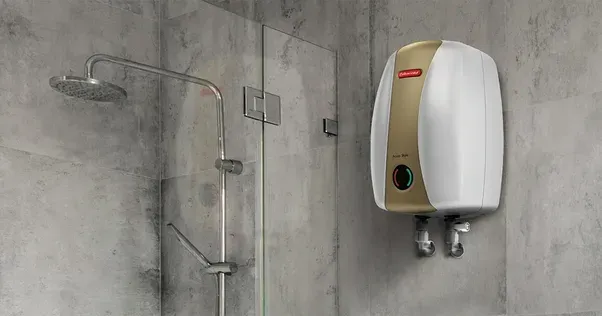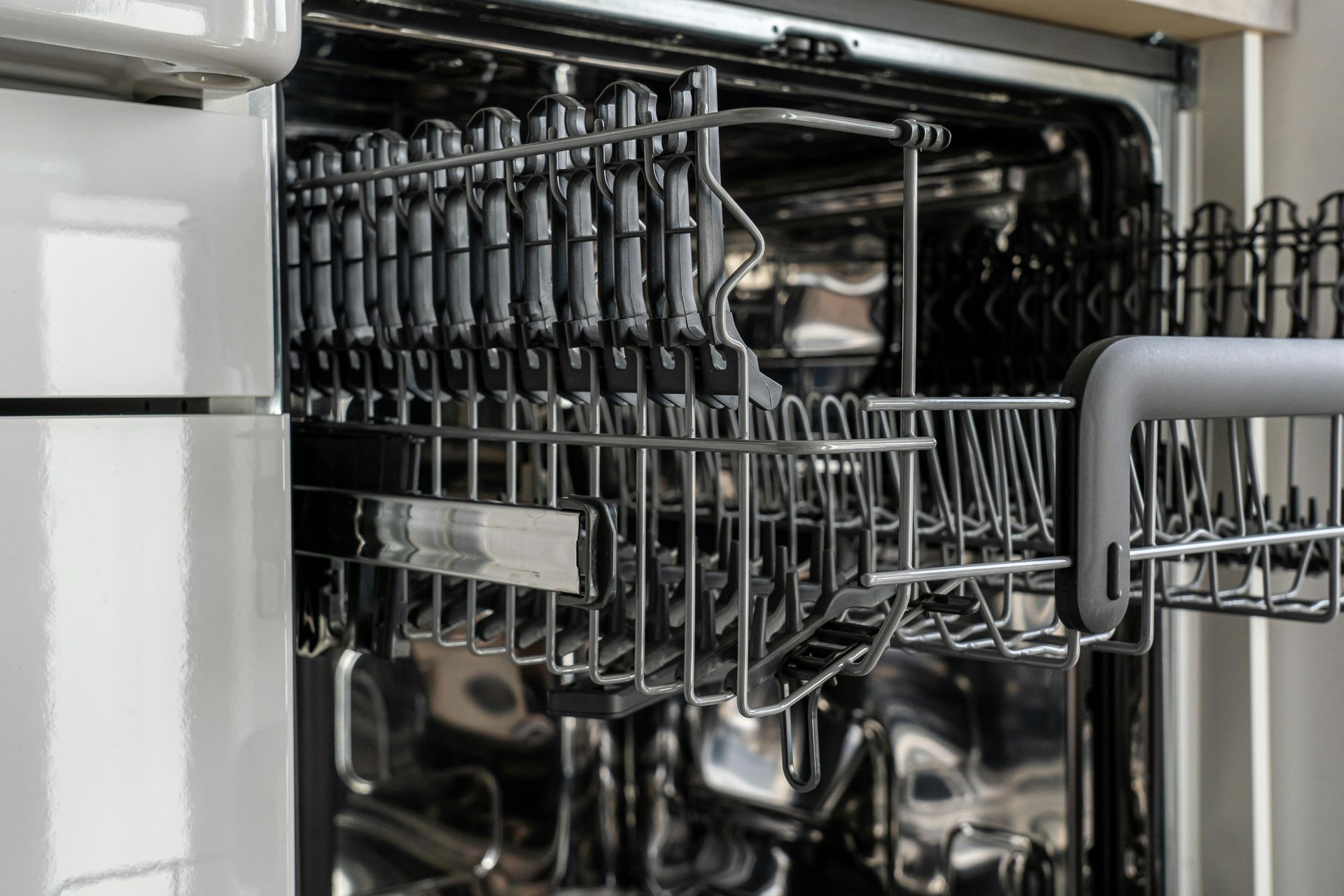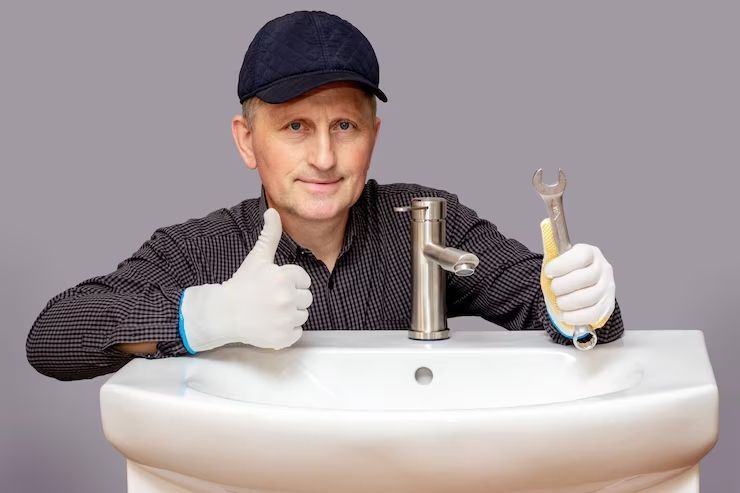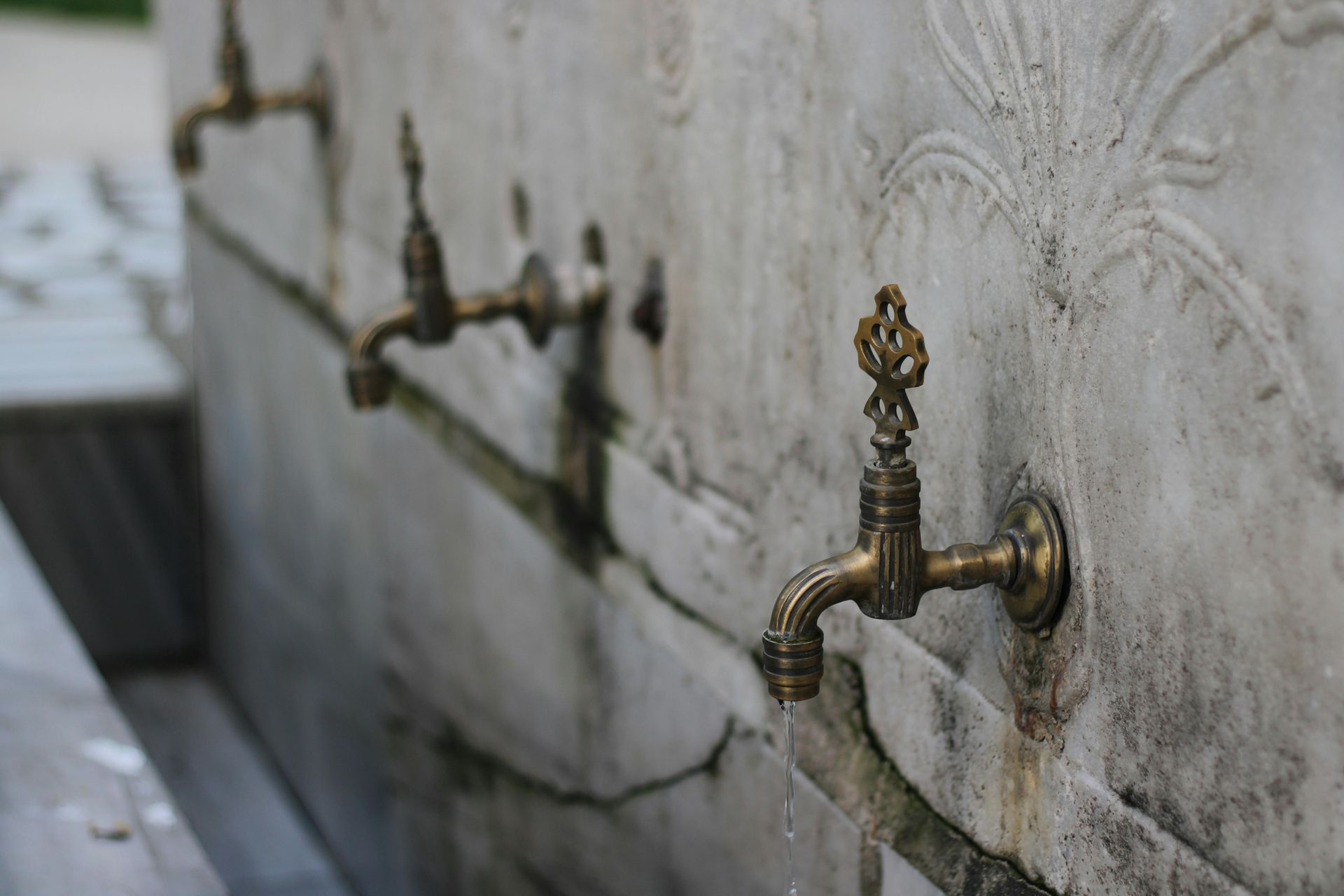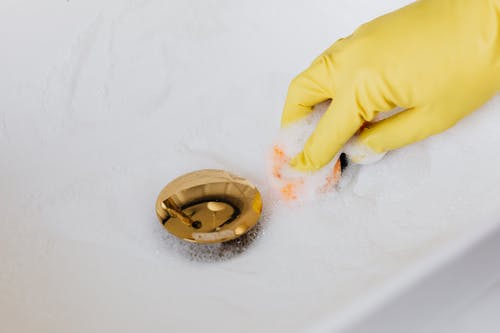How to Replace a Broken Garbage Disposal Switch?
A broken garbage disposal switch can disrupt your kitchen routine, rendering the disposal unit unusable and causing inconvenience. Replacing the switch yourself can save time and money, but it requires careful attention to electrical safety and proper wiring techniques. This article provides a detailed, professional guide on how to replace a broken garbage disposal switch, including essential safety precautions, step-by-step instructions, and tips to avoid common pitfalls. Along the way, we’ll also touch on related plumbing and electrical issues, such as how to fix a noisy water heater, and when it’s appropriate to call emergency services or trusted professionals like All City Plumbers.
Understanding the Garbage Disposal Switch
The garbage disposal switch is a wall-mounted electrical switch that controls the power supply to the disposal unit. It typically operates like a standard light switch but is dedicated to the disposal. Over time, the switch can wear out, become faulty, or fail due to moisture exposure or electrical surges. Signs of a broken switch include the disposal not turning on, intermittent power, or the switch feeling loose or unresponsive.
Before starting the replacement, it’s important to confirm that the switch is indeed the problem and not the disposal unit itself or the circuit breaker.
Safety First: Preparing to Replace the Switch
Safety is paramount when working with electrical components. Begin by locating your home’s electrical panel and turning off the breaker that supplies power to the garbage disposal circuit. This step ensures there is no live current flowing to the switch, preventing electrical shock.
Use a non-contact voltage tester to verify that the switch is not live before proceeding. If you are unfamiliar with electrical work or uncomfortable handling wiring, it is advisable to contact All City Plumbers or licensed electricians rather than attempting a DIY repair.
Tools and Materials Needed
To replace a garbage disposal switch, you will need the following:
- A replacement switch rated for the disposal’s electrical load
- Screwdrivers (flathead and Phillips)
- Wire strippers
- Needle-nose pliers
- Electrical tape
- Voltage tester
- Wire nuts or connectors
Having the right tools at hand will facilitate a smooth and safe replacement process.
Step-by-Step Guide to Replacing the Garbage Disposal Switch
Step 1: Remove the Old Switch Cover Plate
Use a screwdriver to remove the screws holding the switch cover plate in place. Set the plate and screws aside carefully.
Step 2: Unscrew and Pull Out the Old Switch
Remove the screws securing the switch to the electrical box. Gently pull the switch out to expose the wiring behind it.
Step 3: Identify and Label the Wires
Before disconnecting any wires, observe how they are connected. Typically, a garbage disposal switch will have two black (hot) wires and a green or bare copper ground wire. Some older switches may also have a white neutral wire connected via backstab or screw terminals.
Label the wires or take a photo for reference. This step is crucial to ensure correct wiring of the new switch.
Step 4: Disconnect the Wires
Using a screwdriver or pliers, loosen the terminal screws or release the wires from the backstab connectors. Carefully remove the wires from the old switch.
Step 5: Prepare the Wires for the New Switch
Inspect the wire ends for damage or corrosion. If necessary, strip about ½ inch of insulation from the wire ends using wire strippers to expose clean copper for connection.
Step 6: Connect the Wires to the New Switch
Attach the wires to the corresponding terminals on the new switch. Typically, the two black wires connect to the brass or black screws, and the ground wire connects to the green screw. If a neutral white wire is present, it usually bypasses the switch and connects in the electrical box with a wire nut.
Ensure the connections are tight and secure. Wrap electrical tape around the switch terminals for added safety.
Step 7: Reinstall the Switch and Cover Plate
Carefully tuck the wires back into the electrical box, avoiding pinching or bending. Secure the switch with mounting screws, then replace the cover plate.
Step 8: Restore Power and Test
Return to the electrical panel and turn the breaker back on. Test the new switch by turning the garbage disposal on and off. The disposal should operate smoothly without flickering or interruption.
Troubleshooting Common Issues
If the disposal does not turn on after replacement, double-check the wiring connections and ensure the breaker is on. Sometimes, the disposal itself may have a reset button or internal breaker that needs to be pressed.
In cases where the switch replacement does not resolve the problem, or if you encounter wiring that does not match standard configurations, it may be time to call professionals. All City Plumbers offer expert electrical and plumbing services and can assist with complex issues.
Related Considerations: Plumbing and Electrical Safety
While replacing the switch is primarily an electrical task, it’s important to be aware of related plumbing issues. For example, if you hear strange noises from your water heater or disposal, you might need to fix a noisy water heater or address other plumbing concerns.
In emergencies involving electrical faults, water leaks, or appliance malfunctions, do not hesitate to contact emergency services or qualified plumbers to ensure safety and prevent damage.
Conclusion
Replacing a broken garbage disposal switch is a manageable DIY project if approached with caution and the right tools. By following the detailed steps outlined above, you can restore your disposal’s functionality safely and efficiently. Always prioritize safety by cutting power before working on electrical components and verifying connections carefully.
For complex wiring situations or if you prefer professional assistance, trusted experts like All City Plumbers are available to provide reliable service. Remember, timely repairs and proper maintenance keep your kitchen appliances running smoothly and your home safe.




